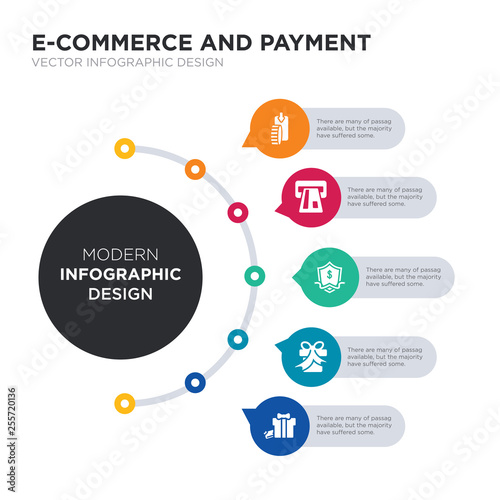Personalized glass honors stimulate a steady spirit of devotion and quality. They cultivate a society of acknowledgment that goes beyond ordered limits.
Wheel inscription is displayed on a goblet most likely made in the 1700s covered with detailed Chinese-style concepts. These motifs revealed loyalty to the Jacobite reason. This is an impressive example of how imported Oriental products affected European layout fads.
Origins
As glassmaking became much more advanced, engravers knew that a layout included in an item of glass transformed it from functional into desirable. They explore a range of damaging, abrading and reducing strategies.
One of the most experienced engravers created fine in-depth job. Anna Roemers Visscher, that was a glass cutter and engraver, was renowned for her fragile blossoms, motivated by the nature publications preferred in her time.
Engravers also carved fine linework into glass. By the end of the 17th century, engravers had begun to abandon linear clarity in favour of crosshatched chiaroscuro effects. One of the earliest examples is tape-recorded on a jug by a Rotterdam engraver who signed his deal with a doodled flexibility and vigour that lifted it above the rest.
Etching continued to be a prominent method, although it was progressively eclipsed by cut glass and new methods such as etching, which was less expensive than etching. Nevertheless, economic pressures after c1905, together with declining quality of cut glass, saw a rise in the popularity of engraved glass, called rock crystal.
Strategies
Glassmakers made use of a selection of strategies to mark or embellish the surface area of a vessel, typically integrating different techniques. One method called stipple engraving, for example, uses a point of tungsten or ruby to make small dots on the glass surface area which develop contrasting white lines when light lusters with them.
Engraved glass awards are cherished for their style and stature. They mirror the deep esteem and regard that business hold for their workers and foster a culture of quality.
The clarity of glass symbolizes the transparency and honesty of corporate acknowledgment, urging recipients to take stock of their achievements and review their trip in the company. Furthermore, the ability of personalized glass to present individualized text and imagery permits the development of extremely distinct and meaningful honors that stimulate the sense of majesty related to this exceptional material.
Styles
From the streamlined lines of company awards to the etched message on glass prizes, engraved crystal is an elegant icon of acknowledgment. Whether shown on someone's desk or maintained as a keepsake, these personalized items share a sense of prestige and professionalism that is hard to discover in other products.
The design of engraved glass has actually altered over time to mirror altering tastes read more and technical developments. The ancient strategy of copper-wheel inscription has opposed predictions of obsolescence, and new methods like etching are taking over where stippling as soon as held sway.
The earliest diamond-point inscription, of the 16th century, is stiff and official. It slowly came to be a lot more supple and pleasing, yet might easily deteriorate into over-elaboration. In the 19th century Thomas Webb & Sons presented "rock crystal" with deep cutting and copper-wheel engraving, which imitated high-end vessels cut of rock crystal in Europe and the Orient (see Ewer by Webb & Sons). The firm's major engravers were Bohemian immigrants Frederick Engelbert Kny and William Fritsche, who authorized their deal with a monogram G.
Significance
Engraved glass was pricey and sought after. This was due to the fact that it included the most requiring glass refining technique and relied on the precision and initiative of an experienced artisan. The highest point of inscribing was available in the 17th century and was very much a part of the Baroque and Rococo durations.
During this time around, engraved cups could be used to interact messages of social status. They would certainly display household crests and political allegiances. They might also display one's preference for the current fashion and style trends.
Today, personalized glass is still a vital art type. Nonetheless, advancements in modern technology and laser innovation have structured the process and made it a lot more precise. The resulting complex designs are both sensational and durable. Additionally, brand-new types of glass have actually been developed to respond far better to lasers. This has broadened the opportunities for artists and developers. It also reduces the ecological impact of the procedure. As an example, optical crystal is an outstanding selection for engraved awards due to the fact that it is clear and reflects light well.
